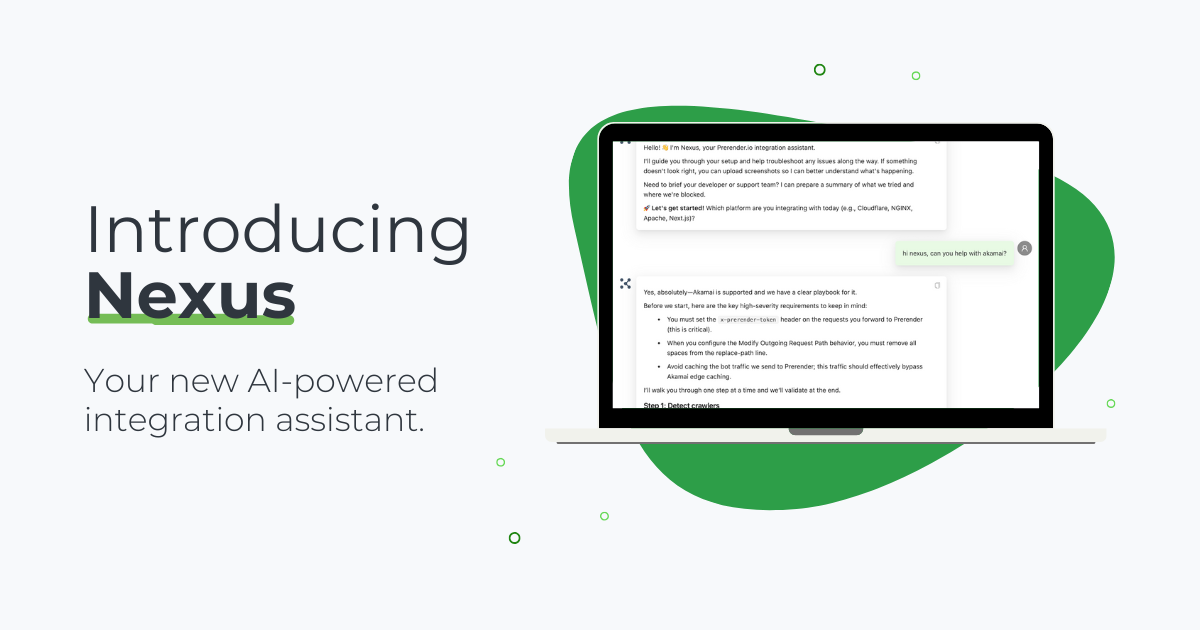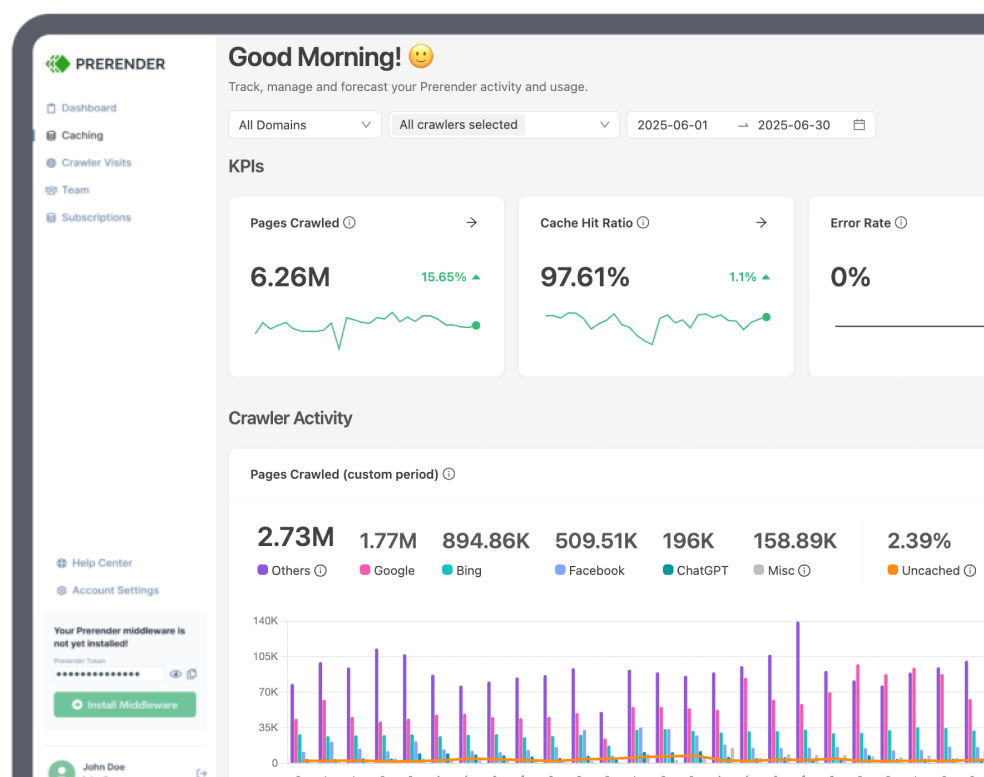With many different website optimization labels popping up lately, many SEOs and marketers get confused about the difference between SEO, GEO, and AIO. Are they the same or different?
When it comes to SEO vs. GEO, one thing is certain: the rules of visibility have completely changed. In today’s search landscape, content discoverability now extends far beyond Google’s SERPs. To stay visible, your content needs to show up in Google AI Overviews and appear as a cited source in AI search engines like ChatGPT, Gemini, and Perplexity: the foundation of Generative Engine Optimization (GEO).
Marketers are still debating what to call this shift. Some refer to it as Search Everywhere Optimization, while others use AEO (Answer Engine Optimization), the umbrella term encompassing AIO and GEO, to describe how brands adapt content for AI-driven discovery.
This guide breaks down the differences and similarities between SEO, AIO, and GEO (under the broader AEO framework), how they overlap, how they’ve changed search visibility, and how to optimize your content for both traditional SEO and AI search ecosystems.
TL;DR: How SEO, AIO, and GEO Differ
- SEO: optimizing content to rank in traditional search engine results (Google and Bing).
- GEO and AIO: optimizing for AI-driven search engines like ChatGPT, Gemini, and Perplexity.
- AEO: used as an umbrella term uniting both AIO and GEO and representing the broader practice of optimizing for AI-driven discovery and citation visibility.
This means that:
- GEO and AIO essentially refer to the same thing: AEO, the next chapter of search optimization.
- GEO, AIO, and AEO are built on SEO foundations, but AEO fine-tunes your site for how large language models (LLMs) read, interpret, and cite content.
That said, keep in mind that:
- JavaScript-heavy content is often invisible to both Google and AI crawlers, and tools like Prerender.io ensure your pages are fully visible and indexable to AI search platforms.
- Schema markup and allowing access to AI user agents to access your site improve your chances of being featured in both search results and AI-generated answers.
The takeaway: the future of search is multi-layered. Don’t just optimize for Google, optimize for AI-driven discovery too.
The Rise of AI Overviews and LLM Search Engines: What It Means for Your Content Strategy
When people search online now, they’re not just looking at a list of links in Google SERPs like before. Instead, they’re interacting with multiple search activities, happening on AI search engines:
- SEO covers the classic, listicle organic SERPs, with the familiar blue links on Google, Bing, and DuckDuckGo.
- AIO and GEO aim to be included in responses generated by large language model (LLM) search engines like ChatGPT, Perplexity, Claude, and Google AI Overviews.
While AIO and GEO describe different layers of AI visibility, they both fall under the broader umbrella of AEO (Answer Engine Optimization)—the evolving discipline that merges traditional SEO principles with optimization for AI-based discovery. In short: SEO helps you rank; AEO helps you get cited.
This isn’t just theoretical. According to Semrush, over 13% of Google searches in 2025 now trigger an AI Overview, more than double the share from earlier this year. And a recent Amsive study analyzing 700,000 keywords found that AI Overviews steal an average of 15.49% of organic clicks. This means that if you’re only optimizing for traditional SEO, you’re essentially competing only in part of the field.
Related resource: How to Get Found Beyond Google—Download Our Free AI Visibility Playbook
Comparing SEO, AIO, and GEO: How Each One Impacts Visibility
AIO and GEO are built on the foundation of SEO. All the strategies and techniques used in SEO still apply to AIO and GEO (sometimes referred to collectively as AEO).
It’s not a matter of SEO versus AIO and GEO. Instead, think of it as a progression: strong SEO is the baseline, and AIO/GEO build on top of it by fine-tuning optimization for the way generative engines and AI search platforms evaluate and deliver content. In other words, before you can succeed in AIO or GEO, you need to solidify your SEO performance first.
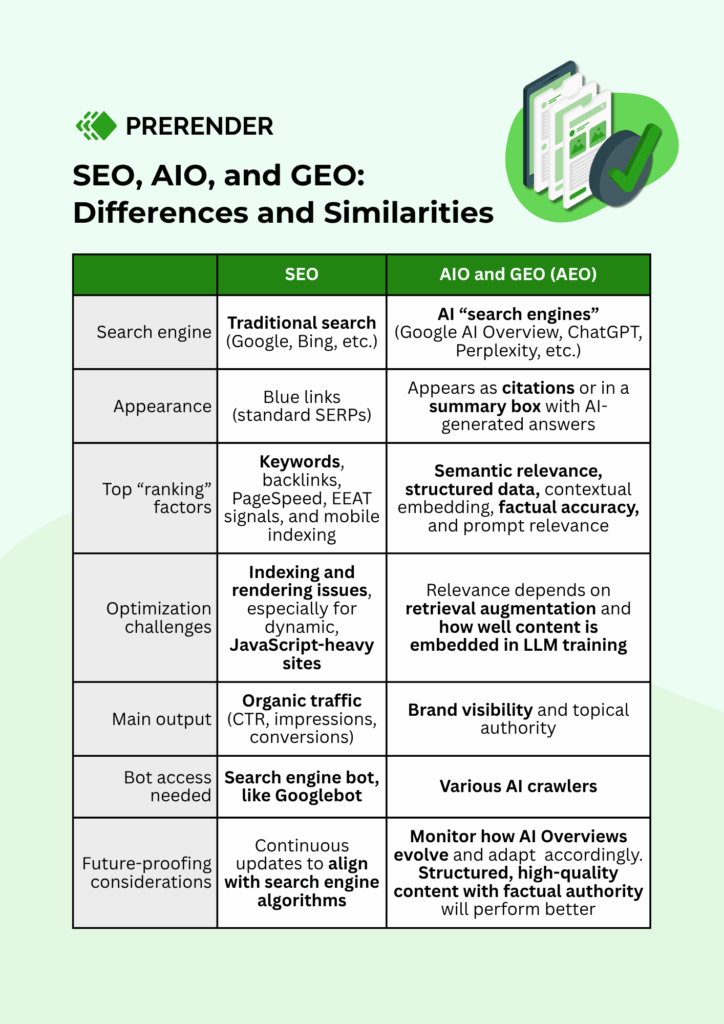
AIO and GEO: How to Get Mentioned in Google’s AI Overviews and ChatGPT
How Google’s AI Overviews Picks Content to Suggest
Now, you’re probably wondering: How do I get my website included in Google AI Overviews? Do I need to optimize my website using an SEO checklist or GEO best practices?
While Google officially states that “No action is needed for publishers to benefit from AI Overviews,” this doesn’t mean a passive approach is sufficient. In fact, to earn a spot in AI overviews, you need to do more optimization than common SEO optimization actions.
For instance, Google’s AI Overviews behave like an ultra-selective featured snippet. They scrape the internet, summarize relevant results, and cite pages that:
- Offer high-quality, informative content.
- Rendered content for JavaScript-generated pages.
- Can be easily understood by Google AI crawlers, supported by the technical SEO aspects, content embeddings, and semantic optimization.
- Come from sources Google trusts.
Failing to meet any of these criteria can effectively make your content “invisible” to Google AI Overviews, leaving you out of a significant portion of the evolving search landscape.
How ChatGPT Chooses Which Content to Cite
What about ChatGPT? How do I get my site cited by ChatGPT?
Think about how you now ask questions to generative search engines like ChatGPT or Perplexity. These platforms don’t show ten blue links like Google SERPs do. They give one answer, maybe with a few sources cited. Your goal for GEO is to ensure your content is among the cited sources.
LLMs use a mix of pre-trained knowledge and real-time retrieval to answer queries. At the base level, LLMs-based search system consists of:
- An AI crawler (like a tiny Google crawler) that roams the web and stores pages.
- A language model that pulls and learns content, writes an answer to a user prompt, and adds a citation at the end of the result.
Every AI engine has its own methods of sourcing information and citing it. If a user’s question triggers Perplexity to fetch a live webpage, it does so with a Perplexity-User agent and will include a link to that page in the answer.
On the other hand, ChatGPT’s system performs live web searches using a web crawler called OAI-SearchBot. When it visits pages to pull answers, it identifies with a ChatGPT-User user age
Best Practices for AIO and GEO Optimizations
1. Prerender your JavaScript-based content
AI Overviews rely on Google’s Web Rendering Service, and Google’s own documentation notes that only content available after rendering can be selected for Overviews. If the HTML Googlebot grabs is just an app shell and your React code needs a second pass to paint the real content, the page drops into a rendering queue and may never resurface.
Just like with traditional SEO, you can use Prerender.io to ensure the complete DOM (headings, links, FAQ blocks) is available in the first crawl, so the Google AI Overview bot can parse it immediately.
2. Set up your semantic HTML correctly
You also need to ensure your semantic HTML is perfect, as AI models hunt for clean sem HTML: <h1> for the main idea, cascading <h2>/<h3> for sub-topics, and short paragraphs or lists under each. For extra points, you can support key sections with schema markup—FAQ, HowTo, Product, or Recipe—as these give the language model labeled datasets it can quote verbatim.
Pro tip: Semrush found that 88 % of queries triggering an AI Overview are informational, so FAQ and HowTo schema punch above their weight.
3. Adapt Google’s E-E-A-T approach
Unlike before, Google’s E-E-A-T signals now flow directly into AI Overview selection. Add bylines with author credentials, link to primary data, and cite external experts when possible. For YMYL topics (finance, health, legal), this is mandatory: Google filters heavily for authority to avoid disinformation.
Learn more about how Google defines quality content worth indexing.
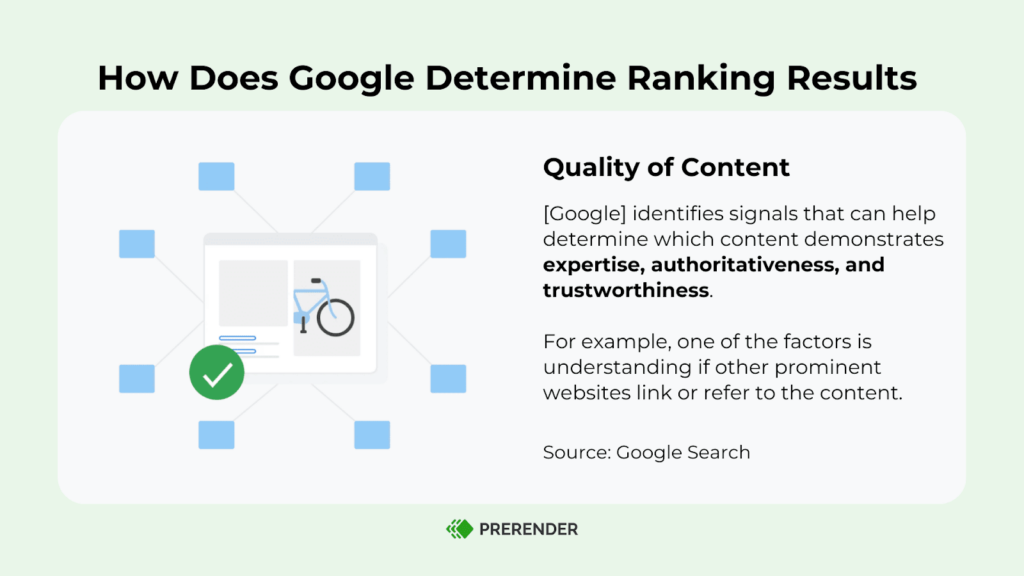
4. Add a summary to your blogs
Lastly, the AI Overview model often lifts the first one or two sentences it sees after the title. Write an “executive summary” that answers the query in less than 40 words, then elaborate below. Use everyday language first, technical depth second; LLMs favor concise explanations they can recombine.
Related: See what experts recommend to get your site featured by ChatGPT and other AI search engines.
How Can I Optimize My Website for Google AIO and GEO Citations?
To optimize your site for organic visibility in AI search, you need to roll out the red carpet for AI crawlers.
| What to do | Why it matters |
|---|---|
| Open the door in robots.txt. Add explicit ‘allow’ lines for OAI-SearchBot, ChatGPT-User, PerplexityBot, YouBot, ClaudeBot, etc. | AI crawlers obey robots.txt rules on which content to crawl and not. If you block them, they can’t access it. |
| Serve real HTML on request. Use dynamic prerendering, like with Prerender.io, to ensure the crawler gets full content without executing heavy JS. | JavaScript-generated content, like ecommerce product pricing, stock, and user reviews, is often hidden from AI crawlers. |
| List every important URL in a sitemap | Smaller AI crawlers don’t crawl as deep as Google’s. A sitemap ensures all your revenue-generating content and web pages are crawled and indexed. |
| Use canonical tags | Keeps all authority on the one URL you want the AI to quote. |
Next, structure content in answer-friendly formats. LLMs love clean Q&A formats, bullet lists, and headers, as these map well to the answer blocks these tools generate. If your content includes unique research, statistics, or well-cited claims, it’s more likely to be trusted and referenced. Keep in mind that, unlike SEO, GEO doesn’t rely on keywords or backlinks as heavily as SEO. It’s about information clarity, reputation, and crawl accessibility.
Related: See the best technical GEO optimization tool to analyze and improve your GEO performance.
Where SEO, AIO, and GEO Overlap: Shared Optimization Practices
Even though SEO, AIO, and GEO focus on different areas of the search landscape, they’re essentially not three separate content and optimization strategies. This means that you don’t need to build three different types of content. In fact, the most successful content optimization techniques aim to improve your site’s performance for all three search platforms at once.
Whether you call it AEO, GEO, or simply next-generation SEO, the foundation remains the same. Content structure, clarity, and crawlability still determine whether your pages get ranked or cited.
Content Clarity and Structure Matter Across the Board
The most important thing to know about SEO vs. GEO is that they’re all looking for the same thing: well-structured content that answers questions clearly. Why? Because humans and machines (bots) both process information better when it’s broken down logically.
Google’s AI Overviews pulls answers from pages that organize content in an easy-to-extract way. The same goes for ChatGPT. It’s more likely to reference pages that have clear explanations or Q&A formats.
So whether you’re trying to rank, get cited, or appear in an AI summary, how you present your information makes a big difference to support your AI SEO efforts.
Content Quality, Authority, and Expertise Still Win
Search engines, AI overviews, and LLM-based search tools all favor content that comes from a trusted source. That includes:
- Author bios with real credentials.
- Outbound links to credible studies or official documentation.
- Mentions on respected platforms like Wikipedia, Crunchbase, or GitHub.
In traditional SEO, this is tied to Google’s E-E-A-T signals, but those same signals carry over to AIO and GEO. If you’re a known authority in your field and you publish fact-checked, well-cited content, LLMs are more likely to trust and cite you.
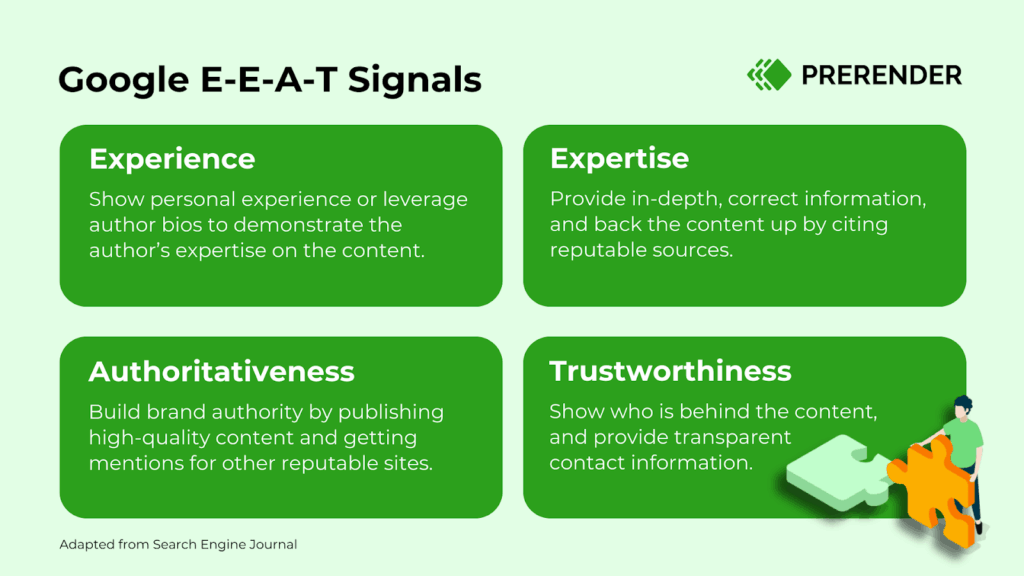
JavaScript Content Rendering Challenges Hid Your Content from Searches
With all the opinions flying around in the traditional SEO vs. AI search discussions, it’s clear that traditional SEO isn’t going anywhere. Far from it, it’s still your baseline for AI visibility.
Generally, ranking on Google still requires the fundamentals: crawlable pages, solid keyword targeting, optimized metadata, internal linking, backlinks, and good user experience. Once you add good technical SEO, that remains the foundation of everything you do.
However, the problem arises when your site is built with a JavaScript-heavy frontend, like React, Vue, or Angular. If Googlebot can’t render your content quickly, it may never index it. And if your content isn’t indexed? You won’t show up anywhere: not in traditional results, not in AI Overviews, and definitely not in LLM-generated answers.
Hulu learnt this the hard way in 2016 when their site suffered a 56% drop in search visibility due to a coding error in how it served JS content to Googlebot. Traffic nose-dived until engineers rolled back the change and served pre-rendered HTML.
Failed or delayed content rendering makes your website hidden from search and AI crawlers. And when this happens, your site experiences these negative effects on its SEO, AIO, and GEO performance:
- SEO impact: Google can’t index the page, so you don’t rank on SERPs.
- AIO impact: Google’s AI Overview skips your site and pulls summaries from competitors.
- GEO impact: tools like ChatGPT or Perplexity ignore your site when choosing sources to cite.
Failed content rendering doesn’t mean that your content is bad, but it is a signal that the search and LLM crawlers can’t see it. If bots can’t see or render your content, they can’t index it, and neither can generative engines use it. Thankfully, Prerender.io offers an effective solution.
How Prerender.io Enhances SEO, AIO, and GEO Performance
Prerender.io turns your JavaScript-generated content into its 100% ready to index version. This means that when Google or AI crawlers visit your site, they can easily understand, read, and index your content quickly and accurately.
And as your content and site become search- and AI-engine friendly, you’re more likely to land on the first page of Google SERPs, get featured on Google AI overviews, and be cited on ChatGPT and LLM-based search engines alike. Prerender.io helps you improve and optimize your site for healthier SEO, GEO, and AIO performance at once.
Here’s a real-life example of how we helped increase the organic traffic of an ecommerce site by around 50%. Read Haarshop’s success story.
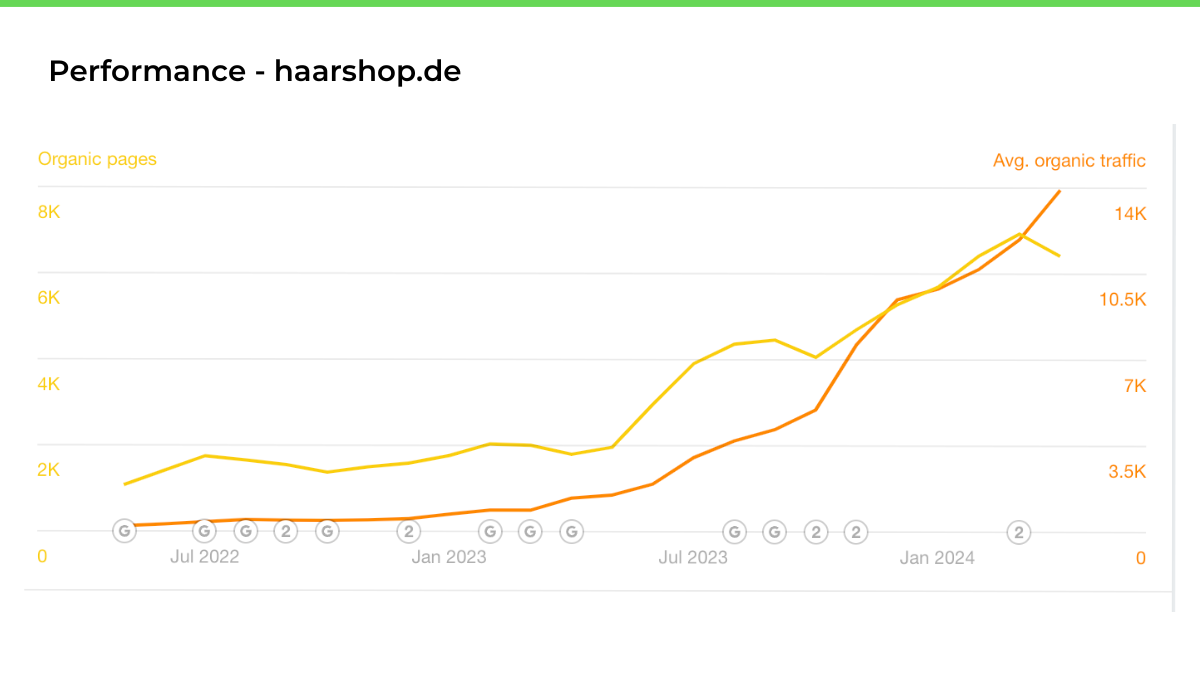
And after adding ChatGPT user agent to their Prerender.io system setting, one happy user saw an growth in the referral traffic coming from ChatGPT.
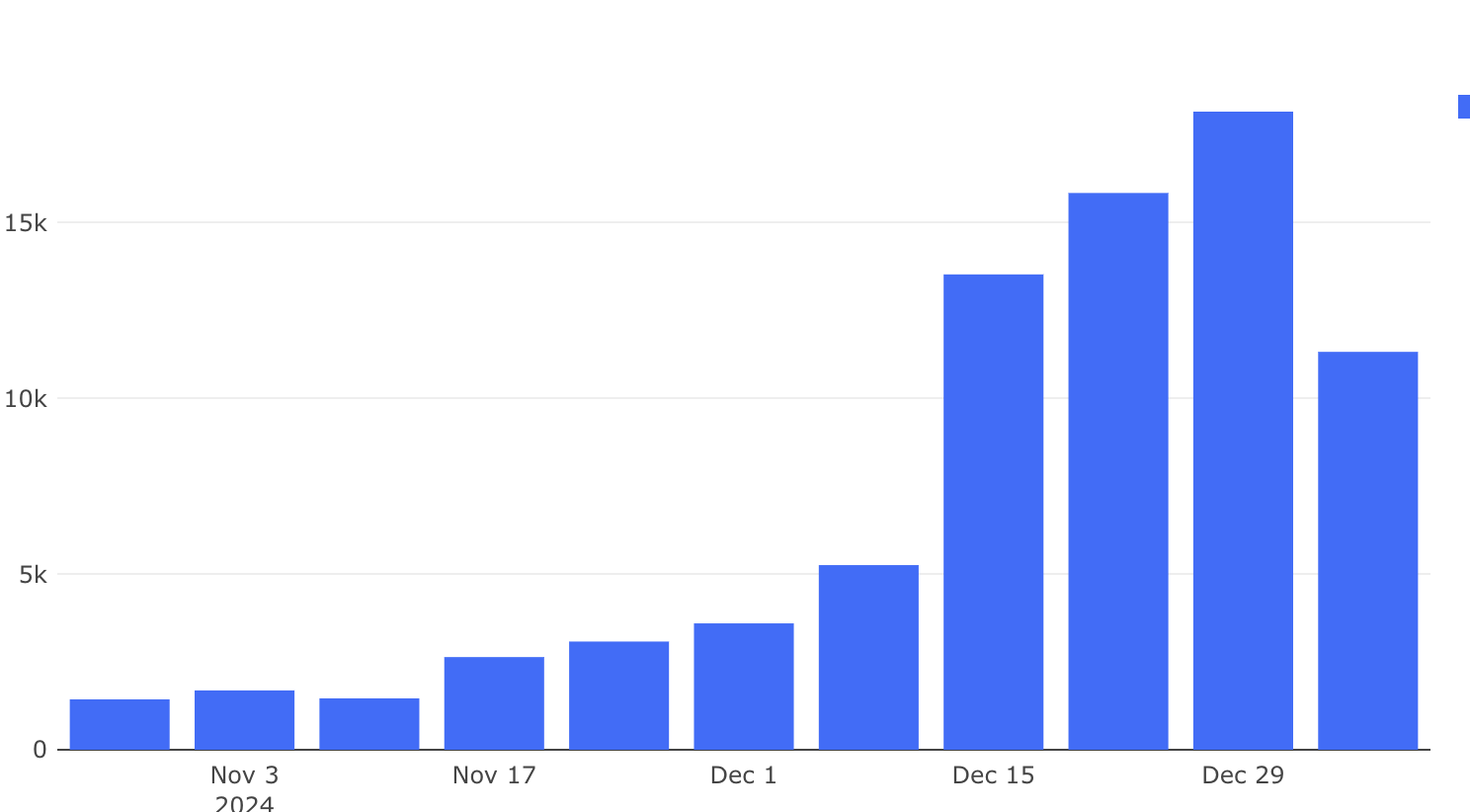
In short, Prerender.io serves Google, ChatGPT, Perplexity, and other AI and LLM-based search platforms a fully rendered page, while your users enjoy the fast, dynamic JavaScript web experience.
And since our JS rendering tool is a plug-and-play, there is no need for you to change your techstack. Simply install Prerender.io and enjoy the impact it brings to your site’s Google and AI visibility in a couple of weeks!
SEO Still Matters, But It’s No Longer Enough in the GEO and AIO Era
The search landscape has changed, and the smartest teams are already adapting. Visibility today means more than just ranking in Google, so just relying on traditional SEO alone no longer cuts it because you need to show up everywhere. As AI-driven discovery grows, AEO will define the next era of optimization: where ranking, rendering, and reasoning all intersect.
Remember, you don’t choose to optimize SEO or AEO (including GEO and AIO); you optimize both. But here’s the kicker: none of it works if your content isn’t rendered.
Luckily, Prerender solves this problem at the root. With one simple drop-in middleware, you can make your JavaScript-rich pages fully crawlable by Google, AI Overviews, and LLM-powered search engines like ChatGPT.
In a search landscape defined by speed, structure, and visibility, Prerender.io gives you the edge. Start optimizing today, and get seen everywhere that matters. Sign up to get started with Prerender.io.
Other AI SEO and AEO optimization blogs that may interest you:
- AI Indexing Benchmark Report: Ecommerce
- 6 Reasons Your AI-Written Content Isn’t Being Indexed Faster
- AI SEO Optimization: A Technical SEO Guide
FAQs About SEO vs. GEO vs. AIO
1. What Is the Difference Between SEO, AIO, GEO, and AEO?
AEO (Answer Engine Optimization) is the umbrella term that includes AIO and GEO. SEO focuses on traditional search rankings, while AIO and GEO optimize content for visibility and citations within AI-driven platforms like Google’s AI Overviews and ChatGPT.
2. How Can I Rank in Google’s AI Overviews (AIO)?
Ensure your content is well-structured, rendered for crawlers, and demonstrates expertise and accuracy. Adding schema markup, author credentials, and concise summaries helps AI understand and cite your content.
3. Does GEO Replace Traditional SEO?
No, GEO builds on SEO. Strong technical SEO remains essential, but GEO extends optimization to how AI models read, interpret, and reference your site in conversational search. Learn more about the difference between traditional SEO and AI-powered search.
4. How Does Prerender.io Improve AEO Performance?
Prerender.io ensures your JavaScript-heavy pages are fully rendered, making them visible to both Google and AI crawlers. This boosts your chances of being indexed, ranked, and cited across search and AI platforms.
5. What Is the Difference Between AI Search Optimization and Traditional SEO?
The difference between AI search optimization and traditional SEO is that AI optimization still relies on traditional SEO best practices—like keywords, clear headings, and structured content—but focuses more on factors that help AI understand your content, such as context, accessibility, and structured data.
6. What Technical SEO Practices Improve AI Visibility?
Technical SEO practices that improve AI visibility include making content easy for bots to read, using clear titles and descriptions, and structuring information well. For sites with dynamic content, Prerender.io helps by creating fully visible versions of pages, ensuring AI systems can see and index all your content.

